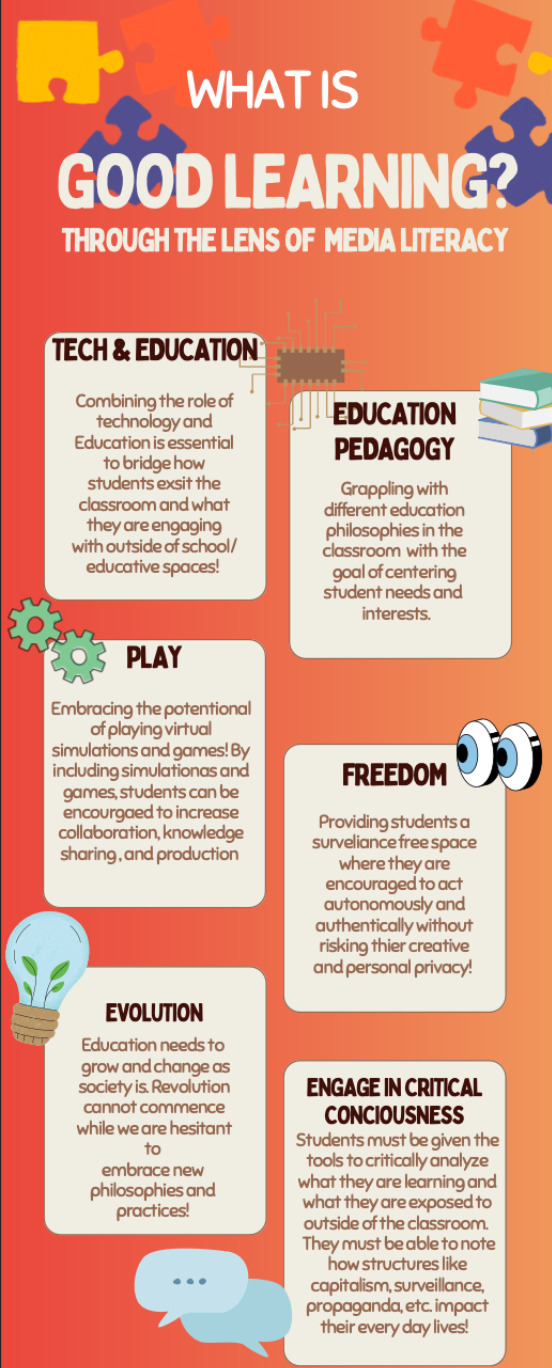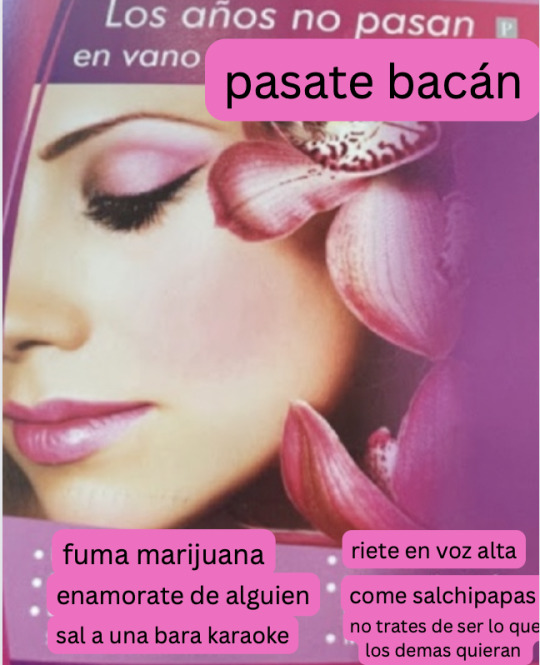Don't wanna be here? Send us removal request.
Text
2 notes
·
View notes
Text
Blog Post #4:
Technological advances are a common occurrence in the modern world; emphasizing even more the value of media literacy and the message in the medium. McCluhan encourages us to view the medium, any medium, as an essential component to the meaning and the influence of any content. In other words, understanding the multifaceted messages and meaning in the mediums we are interacting with on an everyday basis. Meaning and purpose is something foucault explores when asking us as readers, who is an author? He describes an author to be ‘transdiscursive” having multiple positions through multiple means of writing and mediums. It is not only just those who are published or certified, like it's not just the computer or the internet. It is what's created through writing and created through the internet that shapes the value to these mediums and vice versa. The medium we use is not an isolated factor from the meaning we want to convey in a society. This came up while reading the Art of Immersion where media and its message was accompanied through social interactions across media platforms. The mix of “real world and online interaction violated every notion of what futuristic digital entertainment was expected to be.” This kind of interactivity of media and society became an alternative reality, one where media, message, meaning all intertwined intentionally. Giroux encourages us to be able to remain critically conscious about these intersections. He states through education we can become not only critical thinkers but critical producers who gain political rights, personal liberties, and economic rights. After reading and listening to Giroux, being able to analyze all forms of media, visual and written, those we create and those that are created for us, will move us toward a different world, one where media is not designed to repress and oppress but liberate.
0 notes
Text
Blog post #4
Media literacy, especially in the 21st century, has become extremely valuable in contemporary classrooms. Schiebe and Rogaw point out the value in media literacy when it is a routine integration of lessons and not a special isolated topic. When students are exposed to media literacy all throughout the school year, it allows students to lean into inquiry; become critical thinkers and effective communicators. By becoming integrated in the classroom students are encouraged to lean into inquiry in all aspects of their lives, not only in a singular unit of the curriculum. Once these skills are developed, in addition to digital skills, students are prepared to interrogate the media messages they are exposed to in and outside of the classroom; beyond the grade level they're in. Entering in dialogue with students about the political, social, economic implications of the messages the media portrays becomes a way to empower students, again, in all aspects of their lives. As educators, we have a responsibility to integrate media literacy into our classrooms and remain relevant to the events impacting our students. In “Teaching Media Literacy..” a wide range of engaging activities are provided to allow students across all grades to recognize point of view, create different products to “learn by doing” and engage with interdisciplinary learning. I'm reminded by Stuart Hall, a Jamaican-British sociologist, that we as a society are absorbing images from the media as fish in water. But, when we meet an intersection of cultural studies and media literacy we are able to step out of the water, look at it, examine how it shapes our existence, and analyze the content of the water. Classrooms and students alike are in a dire need for media literacy, cultural studies, and finally stepping out of the water.
0 notes
Text
Blog Post #3
February 7th, 2023 Blog Post-
Media literacy has been an ever growing realm of knowledge. Its potential and power has been used in various forms and positions to enlighten or persuade the people. M. Bugler & P. Davison has noted the contemporary progression to media literacy that serves empowerment and higher consciousness. Through “Youth participation, training teachers and curricular resources, parental support, media literacy policy initiatives, evidence base for media literacy” media literacy expands the critical thought process especially during such a high media absorbing place and time in society. Pedagogy of the event reminds us of how exactly different states of representation can create “assimilated bodies of knowledge”. In light of the power of media literacy new forms of learning can be curated, opening up new ways of thinking. The term “anti-pedagogy” struck my attention. While traditional western pedagogical approaches to learning commits to assimilation, anti-pedagogy offers liberty in inquiry. Chomsky in “Manufacturing Consent” however notes the limitations to propaganda, a type of media literacy. He notes that the information we’re fed through propaganda is filtered; to serve the purpose of keeping people and the information advertised within the margins. Chomsky notes the limits of propaganda as a critical tool since it's designed to influence a group of people with a specific agenda in mind; an agenda made to fulfill capitalist consumerism. Media literacy, no doubt, has since the 90’s been a tool used and abused by positions in power yet is rarely taught about in our everyday classrooms. While the media continues being a part of almost every person's life, the younger generations should be taught how to analyze it with a critical eye to know exactly what the media’s intentions are and how exactly it impacts them as a viewer.
0 notes
Text
Blog Post #1
The presence of media in contemporary culture has shifted and impacted the ways in which the contemporary child understands and retains information regarding the world around them. Jenkins reminds us that oftentimes media and the connection young people have to media, is often painted under a negative context. We as people aren't taught to interrogate the media fed to us let alone be given the opportunity to interrogate when so much value to visual media is lost. While young people are the most exposed to a wide range of visual media, media literacy is rarely brought into the classroom to invoke critical thinking. Andrea Quijada mentions the importance of media literacy for young people and how it becomes a way to connect what is taught in school to current lived experiences in the 21st century. We are constantly informally and formally absorbing all forms of media left with little room to ask questions. Deconstructing the everyday images and visual culture that is consumed feels essential to understanding different social and cultural norms. Growing up, I never saw any commercials that advertised shampoos for curly hair. The social beauty standard was intentionally depicted as having long straight hair so much so that my perception of my own natural hair was that it wasn’t beautiful, it wasn't professional, and it was supposed to be straight. A critical eye would acknowledge the close proximity of that societal message to whiteness and white supremacy. Media literacy as Jenkins wrote is a social skill needed to analyze our own interpretations of social messages in addition to prompting our questioning of it. Questioning and critically analyzing the visual culture around us is a form of self empowerment especially in this current social and cultural climate.
1 note
·
View note










